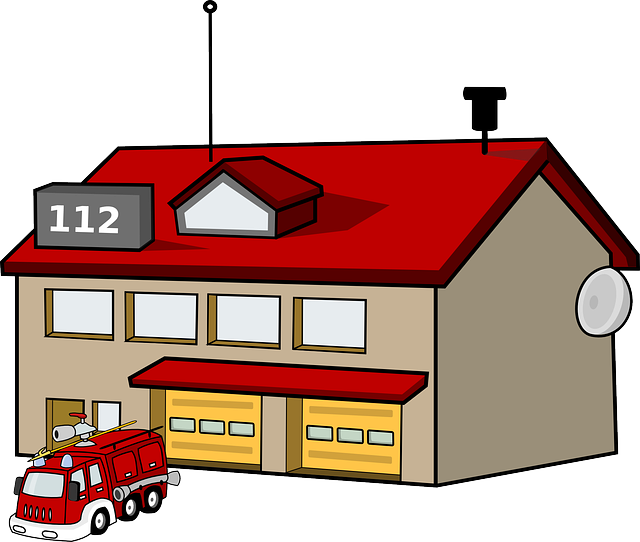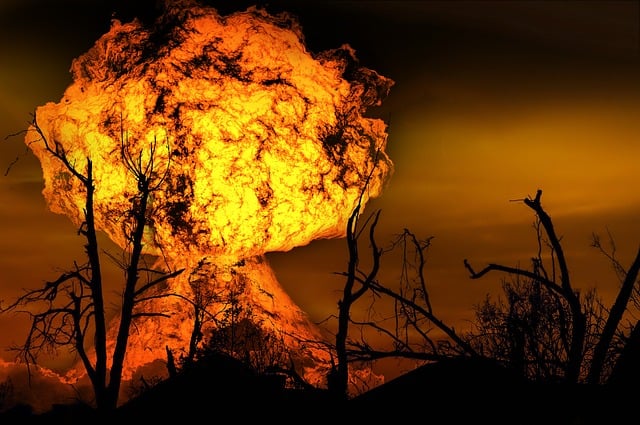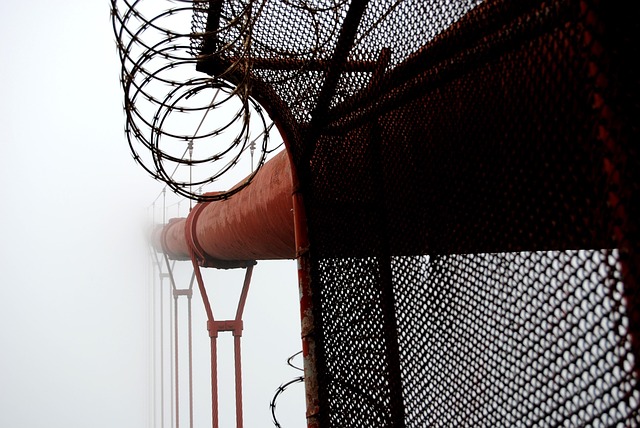Selling a fire-damaged property in California involves adhering to strict legal guidelines that ensure transparency and protect buyers. Homeowners must disclose any structural damage, fire history, and relevant documents within 72 hours using a specific form. Real estate agents play a crucial role in conducting thorough inspections and communicating this information accurately. Modern construction standards and insurance policies help restore properties to near-original condition, eliminating any lasting negative effects on resale value. Strict disclosure rules prioritize buyers' safety and peace of mind, enabling informed decisions when purchasing fire-damaged homes in California.
In California, selling a home involves more than just meeting real estate standards—it comes with specific fire disclosure rules. Understanding these regulations is crucial for both sellers and buyers navigating the process of selling a fire-damaged property. This article guides you through California’s fire disclosure laws, from when and how to disclose damage to the essential documents and agent responsibilities. Learn about common misconceptions and how transparency protects buyers, ensuring a safe and informed transaction when selling a fire-damaged house in California.
- Understanding California's Fire Disclosure Laws
- When and How to Disclose Fire Damage
- Important Documents for Selling a Fire-Damaged Property
- Responsibilities of Real Estate Agents in Fire Disclosure
- Common Misconceptions About Selling Fire-Damaged Homes
- Protecting Buyers: Transparency and Safety Measures
Understanding California's Fire Disclosure Laws

In California, selling a fire-damaged property comes with specific legal considerations. The state has established comprehensive disclosure rules aimed at ensuring transparency and protecting potential buyers. These laws require sellers to reveal any history of structural damage or fires that may impact the value and safety of the residence. When a home has been affected by a fire, the seller must disclose this information in writing to all interested parties before any sale can proceed.
This disclosure process is crucial for anyone looking to buy a fire-damaged house in California. It empowers buyers with knowledge about potential risks or repairs needed, allowing them to make informed decisions. Sellers are legally obligated to provide accurate and complete information, ensuring a smooth transaction and minimizing future disputes related to the property’s history.
When and How to Disclose Fire Damage

When selling a fire-damaged home in California, transparency is key. Property owners are legally obligated to disclose any known damage caused by fires within the last 72 hours. This disclosure is crucial for buyers to make informed decisions and is often required in real estate transactions.
The process typically involves completing a fire damage disclosure form, which can be obtained from local government agencies or online. Sellers must accurately describe the extent of the fire, including any structural damage, water damage from firefighting efforts, or smoke/soot residue. It’s important to disclose both visible and hidden damages. For instance, even if walls appear undamaged, hidden issues like charred insulation or weakened structural elements should be revealed. Promptly addressing this disclosure process facilitates a smooth selling experience for all parties involved, especially when aiming to sell fire damaged house California.
Important Documents for Selling a Fire-Damaged Property

When selling a fire-damaged property in California, several important documents are crucial to ensure transparency and compliance with disclosure rules. Homeowners must provide potential buyers with detailed information about any damage caused by fires, including but not limited to structural integrity reports, insurance assessments, and repair estimates. These documents help buyers understand the extent of the damage and make informed decisions.
Additionally, California requires sellers to disclose known issues related to fire safety and prevention systems, such as smoke detectors, sprinkler systems, or fire alarms. It’s essential to provide a comprehensive list of all replaced or repaired components, along with dates and reasons for replacements, if applicable. Selling a fire-damaged house in California involves careful documentation and disclosure to maintain integrity and fairness in the real estate transaction process.
Responsibilities of Real Estate Agents in Fire Disclosure

In California, real estate agents play a crucial role in disclosing potential hazards, including fire damage, to buyers. When selling a fire-damaged property, agents are responsible for providing accurate and transparent information about the extent of the damage, historical fires, and any ongoing remediation efforts. This disclosure is essential to ensure that prospective purchasers make informed decisions about their investment.
Agents must conduct thorough inspections and gather relevant records to assess the property’s fire history and current condition. They should then communicate this information clearly in the listing details, ensuring buyers are aware of any potential issues. By disclosing fires and subsequent repairs, agents facilitate a transparent real estate transaction, which is particularly important when selling fire-damaged houses in California.
Common Misconceptions About Selling Fire-Damaged Homes

Many homeowners in California, facing the aftermath of a fire, believe they must keep their damaged property or sell it at a significantly lower price due to the perceived stigma attached to fire-damaged homes. However, this is not always the case. In reality, selling a fire-damaged house in California can be a straightforward process with clear disclosure rules in place. These regulations ensure transparency and protect both buyers and sellers.
One common misconception is that revealing a fire history will deter potential buyers, but many insurance companies now offer policies to cover such incidents, assuaging buyer concerns. Moreover, modern construction techniques and strict building codes mean homes can be restored to near-original condition, eliminating any lasting negative effects on resale value. Understanding these facts can alleviate stress for homeowners, enabling them to focus on rebuilding and recovering without worrying about the long-term impact of selling a fire-damaged property in California.
Protecting Buyers: Transparency and Safety Measures

When it comes to selling a fire-damaged home in California, transparency and disclosure are paramount to protect both buyers and sellers. The Golden State has stringent fire disclosure rules aimed at ensuring potential purchasers are fully informed about any historical or ongoing risks associated with the property. This includes detailed reports on previous fires, their cause, extent of damage, and any safety measures taken since.
These regulations are designed to promote safety and transparency in real estate transactions. By providing comprehensive information about fire history, buyers can make informed decisions, understand potential risks, and take appropriate precautions. This is especially crucial when purchasing a home that may have been impacted by California’s frequent wildfires, ensuring both peace of mind and the well-being of future occupants.
Selling a fire-damaged property in California requires adhering to strict disclosure laws. Understanding these rules, knowing when and how to disclose fire damage, and providing essential documents can help protect both buyers and sellers. Real estate agents play a crucial role in ensuring transparency while navigating the process. By dispelling common misconceptions and prioritizing safety measures, selling a fire-damaged house in California can be a successful and secure transaction.






